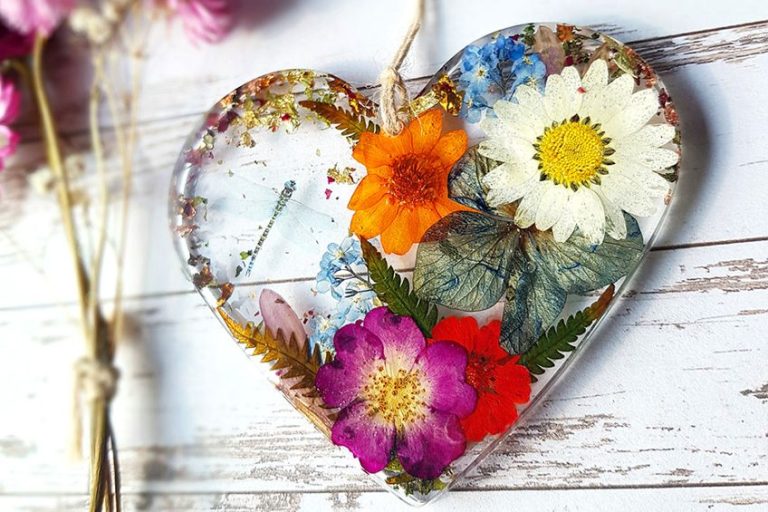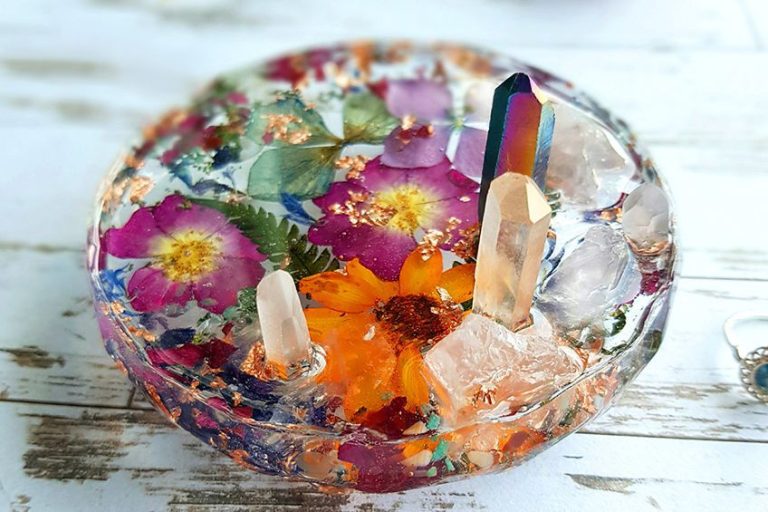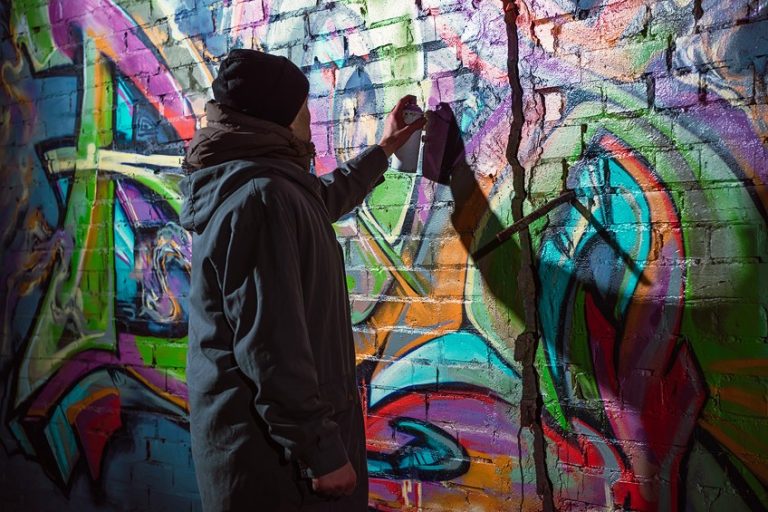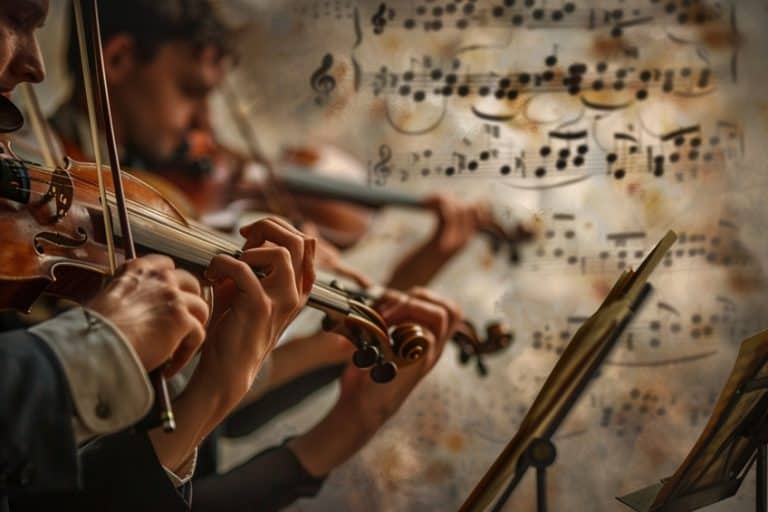Art vs. Design – Distinguishing Between These Types of Creativity
Is design art, and what are the main differences between art and design? The fields of art and design offer much for us to learn about how to create visually impactful images. While art allows us to appreciate final creations, design offers a multitude of strategies and techniques that are also integrated into art. In this article, we will examine the key differences between art and design, as well as the similarities between the two disciplines that will help you gain a better understanding of them. Read on to learn more about these two disciplines and how you can distinguish between them!
Navigating the Definitions of Art and Design
What is art, what is design, and what are the differences that make each discipline unique? For centuries, the fields of art and design have remained interconnected, drawing from each other, and other fields like mathematics, to bring concepts to life. While some find it challenging to distinguish between art and design, and what sets these disciplines apart, we have provided a detailed explanation of the key differences between art and design.

Is design art? In short, design is widely different from art and the two are considered to be very different disciplines. One might find that artists do reference “designs” in their work or incorporate patterns, structures, or motifs that inform the final artwork. This suggests that design in art can be used to guide the artwork and is more so used by artists to plan an artwork and provide the fundamental framework. There have been debates around the differences between art and design suggesting that design is, in fact, not an art, and is more reliant on its function, tied to approaches, methods, and techniques in practice that cannot be produced with solely the artist’s intuition or ego. Many of us understand art to encompass all forms of creative expression that can sometimes rely entirely on the opinion or intuition of the artist.
Below, we will dive into a detailed analysis about the differences in art vs. design with a focus on better understanding the complexities of design and the many misunderstandings one might have about the discipline.
The Critical Differences of Art vs. Design
The fields of art and design can easily become convoluted when one examines the disciplines for purely their aesthetic values, which may distort the perception of design. Art is most commonly thought of as a form of expression through different mediums such as painting, sculpture, or photography that evokes emotions. Art is thus often linked to its function. Why do we create art? To express. To create. To communicate. Similarly, the discipline of design also has multiple functions and is not solely for aesthetic and artistic value.

Let us draw your attention to the concept of design thinking for example, which employs a level of creativity and innovation to produce design solutions that are “viable”, and which please the end user. Designers rely on design thinking to execute practical and strategic procedures during the design process to discover solutions via problem-solving. This brings us to the function of design, which caters to the development of user-friendly and economically pleasing products and services. While some may find similarities between art and its use as a tool to “serve the user” to some degree or generate a value that can be economically viable, it is vital to understand that design is dependent on its use and context.
Another way of distinguishing art and design is by recognizing that art is used primarily, and largely, for sparking emotion, communicating ideas about the current state of the world, reflecting personal views, and generating momentum for change.
Art embraces all forms of experimentation and is not reliant on a specific reaction. Art is also a reflection of its maker, which can also be applied in design, however, designers do hold space for meeting certain requirements in the process of design than artists usually would have, unless commissioned to create a specific artwork or reproduction while relying on a predetermined outcome. On the other hand, design requires the designer to possess a deep understanding of their audience to provide the desired outcome or service, such that their audience identifies the design as the “best design” for the intended use.
Aesthetics and Ego
It is fair to say that art and design share similar functions, yet the intention behind the final product or artwork is usually very different. Aesthetics is one common factor between the two disciplines that provides more insight into how design and art function. One can boil the role of aesthetics in design down to its function, meaning that aesthetics might play a major role in determining whether the design is a success, however, if it does not serve the desired function, then it is unsuccessful. In this way, one can ask, “What makes a visually striking design, and what makes a design effective? These are simple questions that can help you quickly identify the complexities in design that one might also apply to art analysis. In art, one might ask “What makes this artwork profound, and what formal elements in design did the artist use to create an impactful artwork?”. Art may be more layered in concept or process; however, design is more focused on producing a specific outcome, which can also employ just as many creative techniques and technically complex methods.
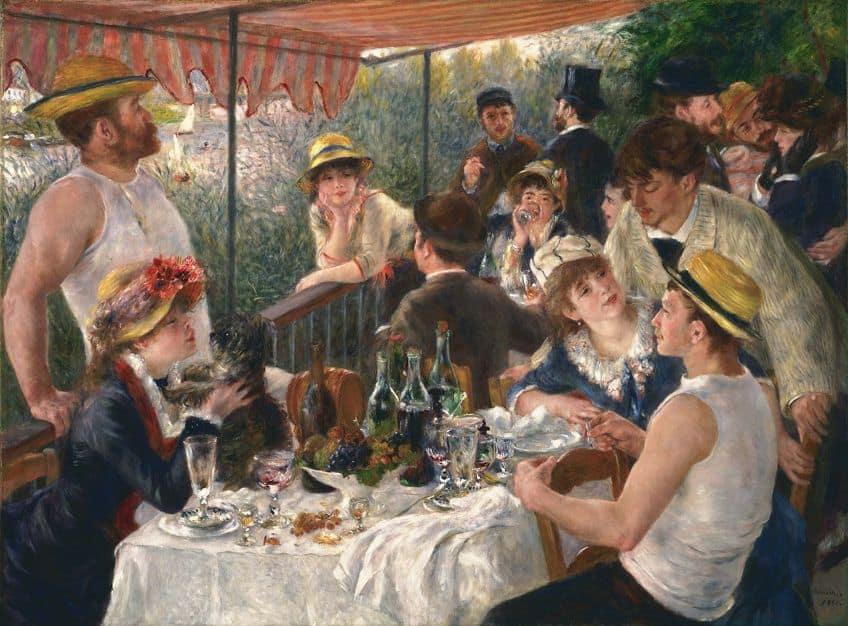
We can also look at the role of an artist versus a user experience designer to better grasp the differences of each discipline through an occupational view. Artists produce works that may be informed by external events, shaped by client briefs, or stemming from their personal experience or emotions. Artists can employ a variety of technically challenging processes to achieve their desired outcome, however, the user experience designer often ignores their own ego to ensure that their design is “successful”. This does not mean that design cannot be used for self-expression or limits the designer entirely from producing a design that evokes emotion.
Designers communicate ideas in different ways than artists through the use of different mediums. Artists, on the other hand, have more control over the subjective decisions feeding into the creation of an artwork and may produce from a place of more ego and feeling-based thought patterns.
This is not to say that the discipline of design lacks emotions and is entirely “by-the-book” in nature, rather, one can gain perspective into design by exploring the different types of design. Just as there are different types of artists, there are different types of designers. Additionally, it is important to note that one does not have to be “either-or” to be creative. It simply depends on the amount of flexibility you wish to have over your creative project and whether you enjoy creating projects based on a certain audience or function. That being said, an artist may also be a user experience designer, but not necessarily an artist as a user experience designer.
Key Similarities in Art vs. Design
A way to refine the similarities between art and design is to break down the points that seem to unite the two. While some may feel as though design is an art in itself, as any practice can be when an individual leverages a degree of creativity while producing a form of expression, others settle on the fact that they are disciplines that have been understood as separate for a reason. To bridge the gap, there are a few similarities between the disciplines that can help you marry the two in practice. Both art and design rely on basic visual elements and principles. These include line, color, shape, rhythm, contrast, and balance among others.
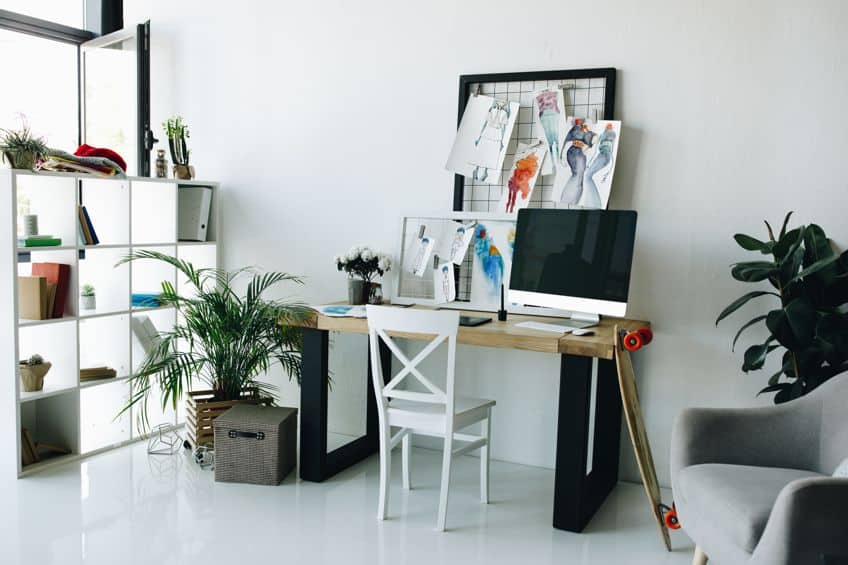
As an artist and designer, you will also have to study different methods of creating ranging from sculpting to drawing to hone your skills. When it comes to the final creation, artworks, and designs, even a combination of the two, can be visually appealing and serve the same function, which is to attract visual attention. Illustration is one such art form that can incorporate design to ensure that the artwork’s idea or concept is communicated effectively while showcasing the artist’s visual expression. In many ways, artists and designers are storytellers who use their practices as tools to achieve different objectives.
Understanding Design and Fine Art
Fine art has evolved over the last three centuries to capture expressions of the world through the lens of the artists who lead the art industry. These are broadly recognized as artists who produce fine artworks that may stem from a personal observation or message and artists who use fine art to advocate for different contemporary issues and socio-political concerns. Traditionally, fine art is understood as “high art”, which was attributed to its primary function of enjoyment and visual pleasure. While these distinctions are classist in origin, fine art has developed significantly to encompass diverse practices, including design, which was previously regarded as a “low art”, produced for the masses. What distinguishes fine art from design is its accessibility and global economic value placed on whether a design can transcend its primary functional use and if it can partake in cultural discourse. This is not to say that design has not played a role in shaping sub-cultures; it has become a powerful tool in relaying compelling messages.
Design works are also thought of as more affordable and accessible to the general public than fine artwork produced by an artist like Monet. It would be much easier to purchase and commission a design than to purchase a Monet.
Examples of Design
Art and design can be found merged beautifully together in almost all aspects of life. From fashion to furniture, and advertising. Below, we have summarized a few examples of design that will give you a better idea of how complex the field of design is and the different types of designers that operate in different industries, apart from visual art.

Fashion Design
A fashion designer is a cultural worker who produces products such as shoes, clothing, and other accessories to define or mirror existing trends or patterns in society. While fashion design can be largely creative and an art form in itself, the practice involves a specific skill set to prepare designers to manage their design processes from producing sketches to selecting fabrics and developing product lines. The most important and unifying aspect of fashion design is a deep knowledge of design principles which also involves teamwork at different stages or can exist independently.
Similar to artists, fashion designers also exhibit their work via a fashion show and are known to explore fashion technology, industry software tools, and fashion trends, and work with research data.
Graphic Design
These types of designers produce works that are focused on visual communication and rely on different methods of presenting images, texts, and other visual elements in a digestible and readable way. Graphic designers study interactive design to ensure their designs are streamlined for their audience or clients. Elements like visual hierarchy, contrast, page layout methods, and typography all play major roles in determining the transmission of information to the intended audience.
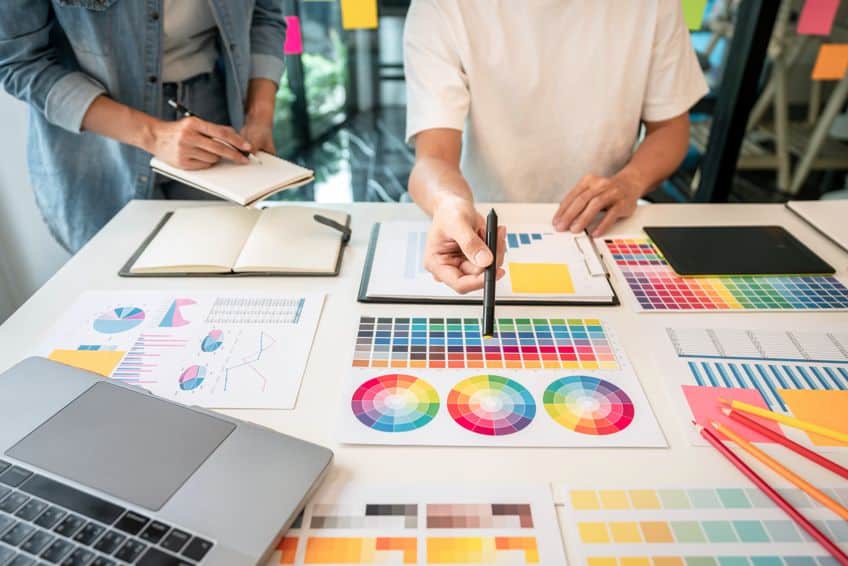
Unlike most fine artworks, graphic designs are incredibly strategic in their intention, direct, and attention-grabbing when executed successfully. Graphic design does not focus solely on communicating ideas and concepts but is aimed at how effectively one can relay information and images to evoke a response, for commercial or artistic purposes.
Motion Design
Another subset of the graphic design role is motion design, which involves the marriage of design with film or animation using filming techniques, as well as video production to produce moving content. Motion designers contribute to media that is published across the Internet, including film and television.
From video editing to storytelling, motion designers require a variety of creative technical skills to apply to specific projects.
User Experience Design
Experience design, also known as user experience design (UX design), studies the needs, mindsets, contexts, and feelings of users to produce tailored design experiences. These designs are largely dependent on the user’s interaction with the design or platform, traditionally a digital product, and essentially focus on the customer’s journey.
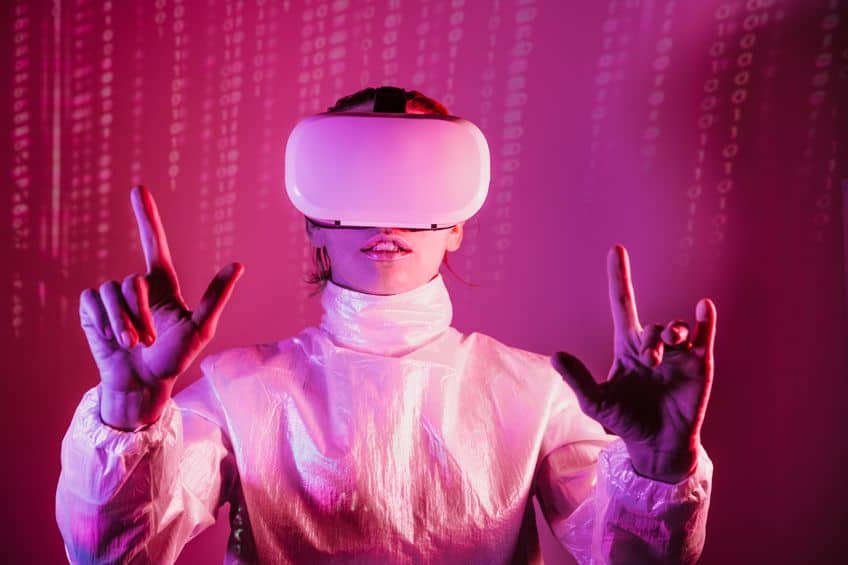
Critical Design
A critical design is a type of design that proposes new ways of thinking about a design object in its current culture and in terms of its use to challenge preconceptions about it. The critical design is also satirical and provocative, much like the thinking behind some artworks, and is often referenced as an attitude toward design rather than a movement.
It adopts critical theory in design and may not always produce usable products since it relies on concept and speculation.
Urban Design
Urban design is most often employed in architecture and refers to the design of spaces, buildings, landscapes, and procedures that will enable future success in the development of the space by other people. Urban designers also develop a knowledge of the local public regulations to work with and have a strong understanding of planning concepts. Urban design differs from architecture since it focuses on the design of urban spaces like cities and towns while architecture is specific to the construction of singular buildings. Urban designers also focus on the relationships between spaces in an urban environment.

Examples of Art
In many ways, design can prove to be expansive in terms of accessing multiple industries and channeling creativity across a variety of elements in the world. To conclude our exploration of art and design, below, we have provided a few examples of art to help you fully grasp the differences.

Photography
This example of art emerged as a modern invention during the 19th century through multiple stages of refinement to “produce images”. Today, photography is a type of art that involves artists manipulating photographic equipment and software to create images that showcase the subjects they wish to exhibit.
Photography enables artworks that can also be digitally manipulated and reinvented through artificial intelligence programs.
Painting
Popular culture has aided in making access to knowledge about famous artists or artistic references in painting easier for those who do not engage regularly with art. Painting is an example of art that involves the creation of an image using painting materials such as pigments, paints, and usually, wet media. Famous examples of paintings include Mona Lisa (1503) by Leonardo da Vinci, The Birth of Venus (1486) by Sandro Botticelli, and The Starry Night (1889) by Vincent van Gogh. Paintings are just one form of creative visual expression and can portray any form. Paintings can also be created digitally.
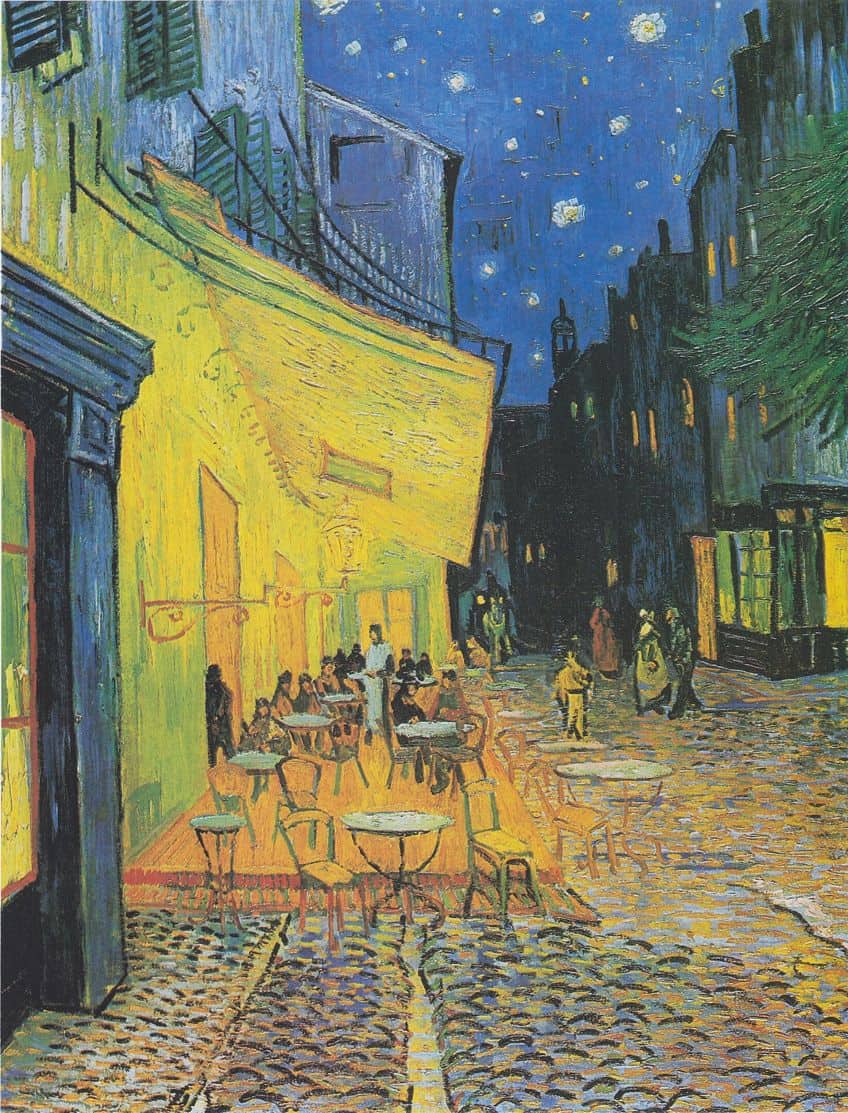
Architecture
This type of art is also dubbed the mother of all art types since it involves the planning, design, and construction of physical structures using man-made and natural materials. Architecture is a creative and functional art form that is unique since it produces works of art that also become structures that one can inhabit, move through, and reconstruct.
While we have not discussed all the different types of design that make design significantly different from art, we hope that this analysis of art vs. design has provided you with the right perspective to better understand both disciplines. It is also recommended that you explore the fundamentals of art and design, which will help you connect the dots with ease the next time you analyze a design or artwork.
Frequently Asked Questions
What Is the Main Difference Between Art and Design?
The primary difference between art and design is that designs are often dependent on their function as a design object that has a set purpose or use for its audience. Other ways of understanding this difference are to grasp that art is allowed to exist simply for its existence as a piece of art, recognized for its unique expression, while designs are produced more methodically and are sometimes data-driven to produce rational designs that serve a specific purpose. Art is understood as more perceptual and does not have to solve problems, as one would find in design.
What Is the Common Similarity Between Art and Design?
The most common similarity between design and art is that both disciplines rely on an understanding of the fundamentals of design, including its principles. These involve elements and principles like color, shape, contrast, balance, harmony, and rhythm, applied strategically and intentionally.
Is Design Art?
Many factors place the discipline of design beyond simply an art form. While it can be incorporated into visual art, design is understood primarily for its associations as a product of science and art. Design also employs methodical approaches to resolve issues in design and communicate information or set up objects and structures in an effective and often functional way. Artworks such as sculptures include a level of design and planning, however, designs are not as flexible in being received as products of fine art.
Jordan Anthony is a film photographer, curator, and arts writer based in Cape Town, South Africa. Anthony schooled in Durban and graduated from the University of the Witwatersrand, Johannesburg, with a Bachelor of Art in Fine Arts. During her studies, she explored additional electives in archaeology and psychology, while focusing on themes such as healing, identity, dreams, and intuitive creation in her Contemporary art practice. She has since worked and collaborated with various professionals in the local art industry, including the KZNSA Gallery in Durban (with Strauss & Co.), Turbine Art Fair (via overheard in the gallery), and the Wits Art Museum.
Anthony’s interests include subjects and themes related to philosophy, memory, and esotericism. Her personal photography archive traces her exploration of film through abstract manipulations of color, portraiture, candid photography, and urban landscapes. Her favorite art movements include Surrealism and Fluxus, as well as art produced by ancient civilizations. Anthony’s earliest encounters with art began in childhood with a book on Salvador Dalí and imagery from old recipe books, medical books, and religious literature. She also enjoys the allure of found objects, brown noise, and constellations.
Learn more about Jordan Anthony and the Art in Context Team.
Cite this Article
Jordan, Anthony, “Art vs. Design – Distinguishing Between These Types of Creativity.” Art in Context. January 10, 2024. URL: https://artincontext.org/art-vs-design/
Anthony, J. (2024, 10 January). Art vs. Design – Distinguishing Between These Types of Creativity. Art in Context. https://artincontext.org/art-vs-design/
Anthony, Jordan. “Art vs. Design – Distinguishing Between These Types of Creativity.” Art in Context, January 10, 2024. https://artincontext.org/art-vs-design/.





